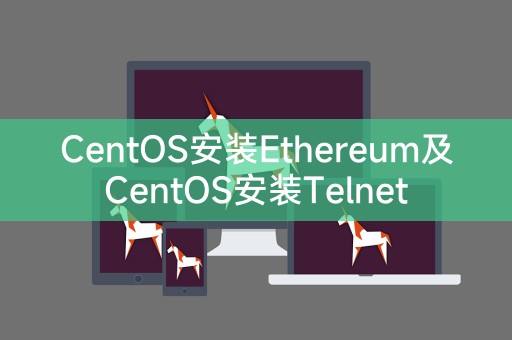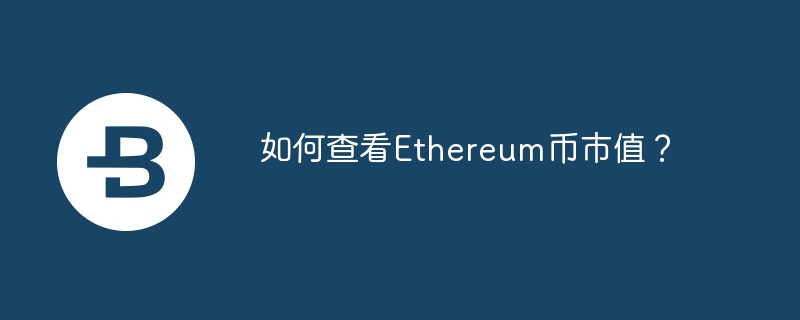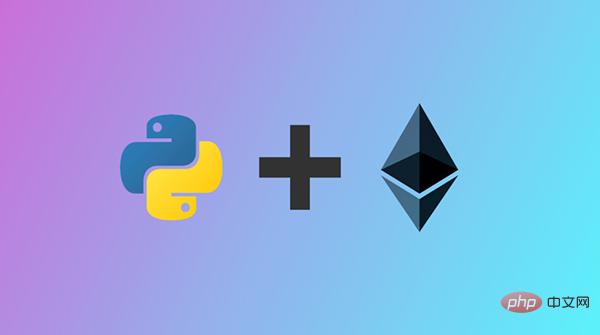Found a total of 6 related content

`go-ethereum` client.BlockByHash() gives error 'not found'
Article Introduction:I have the following code for subscribing to new blocks as they appear: packagemainimport("context""fmt""log""github.com/ethereum/go-ethereum/core/types""github.com/ethereum/go-ethereum/ethclient ")funcmain(){client,err:=ethclient.dial("wss://mainnet.infura.io/ws/v3/a
2024-02-09comment662

Install Ethereum on CentOS and Telnet on CentOS
Article Introduction:In today's digital age, Ethereum and Telnet are increasingly used in Linux systems. Ethereum is an open source platform based on blockchain technology that can be used to create decentralized applications, while Telnet is an open source platform for remote Protocols for logging in or remotely managing devices, we will install Ethereum and Telnet in CentOS systems to better utilize these tools. Installing Ethereum Installing Ethereum in CentOS can be completed by following the following steps: Let me share with you a little LINUX knowledge: In Linux systems, you can use the "grep" command to search for text content.
2024-02-09comment 0325

What is the Ethereum Classic coin? Are Ethereum Classic coins valuable?
Article Introduction:Ethereum Classic: Classic Value Ethereum Classic (ETC) is a decentralized open source blockchain platform that was independently forked from the Ethereum blockchain in 2016. ETC is committed to staying true to the original principles of the Ethereum blockchain, such as immutability and decentralization. It aims to maintain a more conservative approach compared to the Ethereum blockchain and insists that code should be immutable. ETC’s community believes that this conservative approach is the true power of the blockchain, ensuring the trust and reliability of the platform. ETC is also constantly working hard to improve its security and reliability to ensure that users’ assets and transaction information are protected to the greatest extent.
2024-03-06comment490

How to check the market capitalization of Ethereum coins?
Article Introduction:How to Check the Market Cap of Ethereum Coin Ethereum Coin (ETH) is the native cryptocurrency of the Ethereum blockchain. Looking at its market capitalization is a great indicator of its popularity and importance. Steps: Choose a reliable website or platform, such as CoinMarketCap, CoinGecko or Feixiao. Search for ETH or Ethereum. View market capitalization shown in search results. Tip: Market cap is constantly changing based on the amount of ETH in circulation and the current price. Monitoring market cap can help you understand Ethereum's overall market trends. Always conduct thorough research and assume appropriate risks before investing in ETH.
2024-03-14comment 0338

Access Ethereum with Python via web3.py
Article Introduction:If you want to access Ethereum through Python, you can see from Ethereum's official Github that there are two modules that can be achieved: web3.py and pyethereum. As far as my current understanding is concerned, the difference between the two is that web3.py is mainly used as a client for external access to Ethereum, which means that the web3.py function library itself will not become a blockchain node, nor will it perform blocks. Chain synchronization is to connect a node on the blockchain and use the blockchain as an external database; while pyethereum is more like geth, which is used to make itself a blockchain node. Will be corrected
2023-04-12comment 01158

ethereum exchange
Article Introduction:Ethereum is an open source smart contract platform that uses blockchain technology and cryptography to manage and record transactions. The Ethereum exchange is a specific entity on this platform that allows users to trade Ethereum (ETH) within it. This article will introduce the characteristics of Ethereum exchanges, compare some well-known exchanges, and provide some considerations for using Ethereum exchanges. Ethereum Exchange is an online platform where users can trade Ethereum and other digital assets. It provides a safe, fast and transparent transaction method to meet the needs of users. Exchanges usually have the following functions: User registration and account management: Users need to register an account and provide identity verification information. After registration, you can manage account information, such as deposits and withdrawals
2024-02-10comment 0896





